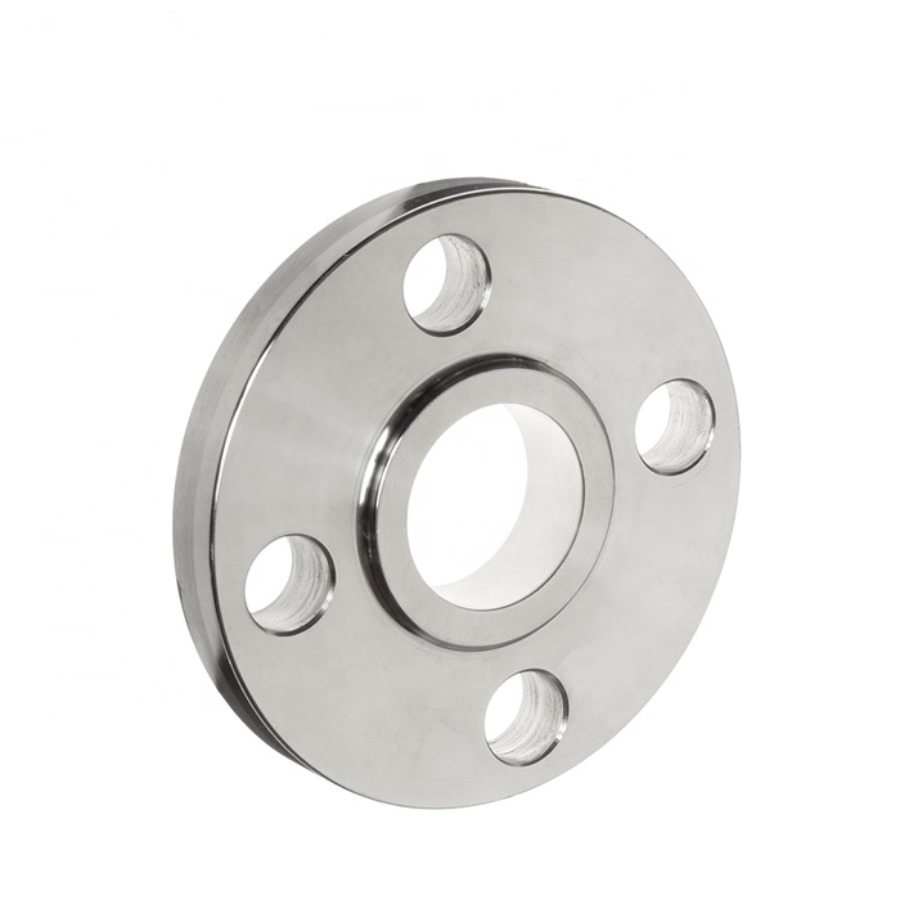slip on flange, the full name of neck flat welding steel pipe flange, is a flange in which steel pipes, pipe fittings, etc. are extended into the flange and connected to equipment or pipelines through fillet welds.
Chinese name: slip on flange Foreign name: Slip-on Manufacturing process: Forged flange Material: Carbon steel, molybdenum steel, 304, etc. Function: Parts that connect pipes to each other Applicable nominal pressure: no more than 2.5 MPa
Function: The slip on flange, like the plate flat welding flange, is a flange in which steel pipes, pipe fittings, etc. are extended into the flange and connected to equipment or pipelines through fillet welds. Sealing form: The sealing surface form of slip on flange is: raised surface (RF), concave surface (FM), convex surface (M), tenon surface (T), groove surface (G), full plane (FF). The diameter range of slip on flange is: DN10~DN600. Flange material: carbon steel, molybdenum steel, 304, 316, 304L, 316L, 321, 347, CF8C. Common domestic manufacturing standards include: National Standard of the People’s Republic of China; GB/T 9116-2010 Hubbed slip-on-welding steel pipe flanges (Hubbed slip-on-welding steel pipe flanges); Chemical Industry Standard of the People’s Republic of China; HG/T20592 ~20635-2009 PN series (European system); HG/T20592~20635-2009 Class series (American system).
Advantages: The flat welding flange with neck is also a flat welding flange, because it has a short neck, which increases the strength of the flange and improves the load-bearing strength of the flange. So it can be used on higher pressure pipelines. Disadvantages: It is more expensive than plate-type flat welding flanges and is more likely to be bumped during transportation due to its shape.
Connection device method of slip on flange
The slip on flange connection method is also the simplest connection method with cast iron pipes and steel pipes. The flange blind plate can be used on the opening of the inspection port. In addition, flange connection is suitable for pipe fittings with pipe diameters from φ50-315mm. Its performance characteristics: non-rigid connection, removable, tensile strength. The flange connection method is usually used as a detachable connection on low-pressure pipelines.
slip on flange connections may need to withstand high tensile, compressive, torsional and shear strengths, and large flanges are a better choice. Generally used on pipes, in that case, loosening the bolts can rotate the pipes on both sides, and tightening them again can make it easier to disassemble and assemble the pipes. Flanges made of carbon steel are called carbon steel flanges.
Post time: Feb-02-2024

